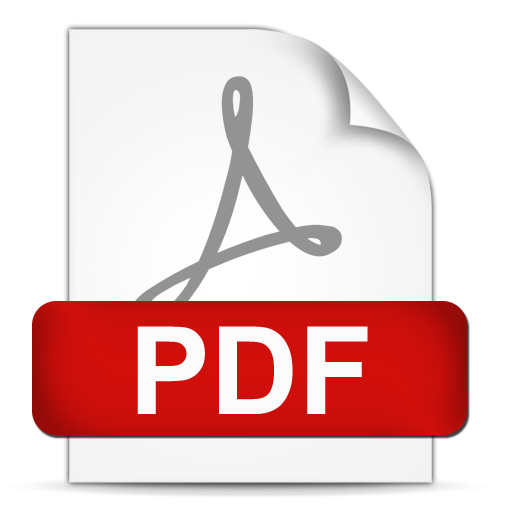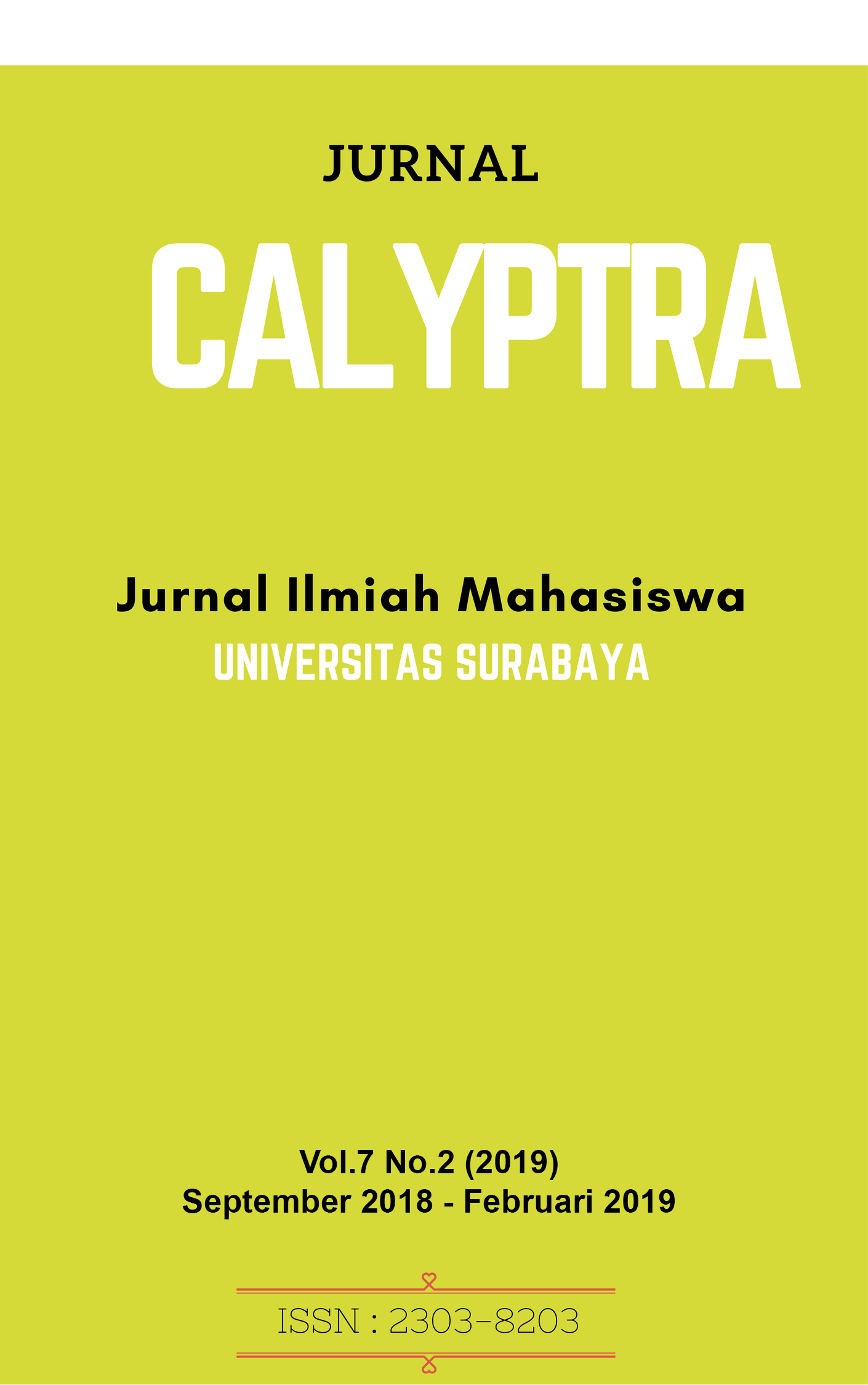ANALISIS MOTIVASI INTRINSIK MAHASISWA AKUNTANSI UNIVERSITAS SURABAYA TERHADAP PENGAMBILAN PUTUSAN BERKARIER DI KANTOR AKUNTAN PUBLIK BIG FOUR ATAU NON-BIG FOUR
 Abstract Views:
310 times
Abstract Views:
310 times
 PDF - FULL TEXT Downloads:
346 times
PDF - FULL TEXT Downloads:
346 times
Abstract
The research conducted to discuss about intrinsic motivation analysis for Universitas Surabaya’s students in career decision making in Big Four or non-Big Four public accounting firm. This research aims to unlock the mystery of whether the drive (the intrinsic motivation theory) can be applied or notto the decision making of student career in Big Four or non-Big Four public accounting firm. This research is expected to give benefit to the students as the main subject especially the accounting majors to have an insight about career decision in Big Four or non-Big Four public accountant firm. Research data, participant observation, and interview results that have been processed in a structured design, have produced a key to answer the mystery in this research. Using data from a viewpoint of the Big Four or non-Big Four public accounting firm’ personnel, carries an outcome where the drive cannot be entirely applicable in career decision making but drive can be the basis for a person to establish himself in career decision making. In addition, the drive that becomes a shield can control a person to keep on track in a career decision that suits him/her.
Downloads
References
DeAngelo. (1981). Auditor Size And Audit Quality. Journal of Accounting and Economics. University of Pennsylvania, Philadelphia, PA 19104, USA.
Dopuch, N., and D. Simunic. (1980). The nature of competition in the auditing profession: a descriptive and normative view. In Regulation and the Accounting Profession, 34, (2): edited by J. Buckley and F. Weston, 283–289. Belmont, CA: Lifetime Learning Publications.
Felton, S., Buhr, N., & Northey, M. (1994). Factors Influencing the Business Student's Choice of a Career in Chartered Accountancy. Issues in Accounting Education, 9(1), 131.
Handayani, Vidiana. (2005). Pengaruh Persepsi Mahasiswa Akuntansi Mengenai Lingkungan Kerja Auditor Terhadap Pilihan Karirnya Sebagai Auditor. Tidak Diterbitkan. Skripsi. Bandung: Fakultas Ekonomi Universitas Widyatama.
Horowitz, K., & Riley, T. (1990). How Do Accounting Students See US. Accountancy, September, 75-77.
Ikatan Akuntansi Indonesia. (2011). Standar Profesi Akuntan Publik. Jakarta: SalembaEmpat.
Lawrence, Alastair & Minutti-Meza, Miguel & Zhang, Ping. (2010). Can Big Four Versus Non-Big Four Differences in Audit-Quality Proxies Be Attributed to Client Characteristics?. The Accounting Review. Vol. 86, No. 1. American Accounting Association
Linden, Y. V. D. (1987). An Investigation into Students' Motivations for Selecting Accounting As a Career. Massey University Mello.
Louis, H. (2005). Acquirers' abnormal returns and the non-Big 4 auditor clientele effect. Journal of Accounting and Economics, 40 (1-3), 75-99.
Pamungkas, Vita Putri. (2017). Pengaruh Kompetensi Sumber Daya Manusia dan Pemanfaatan Teknologi Informasi terhadap Kualitas Laporan Keuangan Pemerintah Daerah (Studi Empiris pada Dinas Pendapatan Pengelolaan Keuangan dan Aset Daerah (DPPKAD) Kabupaten Boyolali). Universitas Muhammadiyah Surakarta.
Pardede, E.B. (2010). Analisis Faktor-faktor yang Memengaruhi Kualitas Audit: Studi Empiris Badan usaha Manufaktur 2005-2008. Skripsi, Universitas Indonesia.
Pratiwi, S.S. (2010). Pengaruh Auditor Big Four dan Audit Tenure Terhadap Kualitas Audit. Skripsi. Universitas Indonesia.
Pink, Daniel H. (2009). Drive: The Suprising Truth About What Motivates Us. Riverhead Hardcover. United States
Yusoff, Y., Omar, A. Z., Awang, Y., Yusoff, R., & Jusoff, J. (2011). Does knowledge of professional accounting influence career choice? World Applied Sciences Journal, 12, 57-60.
- Articles published in CALYPTRA are licensed under a Creative Commons Attribution-ShareAlike 4.0 International license. You are free to copy, transform, or redistribute articles for any lawful purpose in any medium, provided you give appropriate credit to the original author(s) and the journal, link to the license, indicate if changes were made, and redistribute any derivative work under the same license.
- Copyright on articles is retained by the respective author(s), without restrictions. A non-exclusive license is granted to CALYPTRA to publish the article and identify itself as its original publisher, along with the commercial right to include the article in a hardcopy issue for sale to libraries and individuals.
- By publishing in CALYPTRA, authors grant any third party the right to use their article to the extent provided by the Creative Commons Attribution-ShareAlike 4.0 International license.



